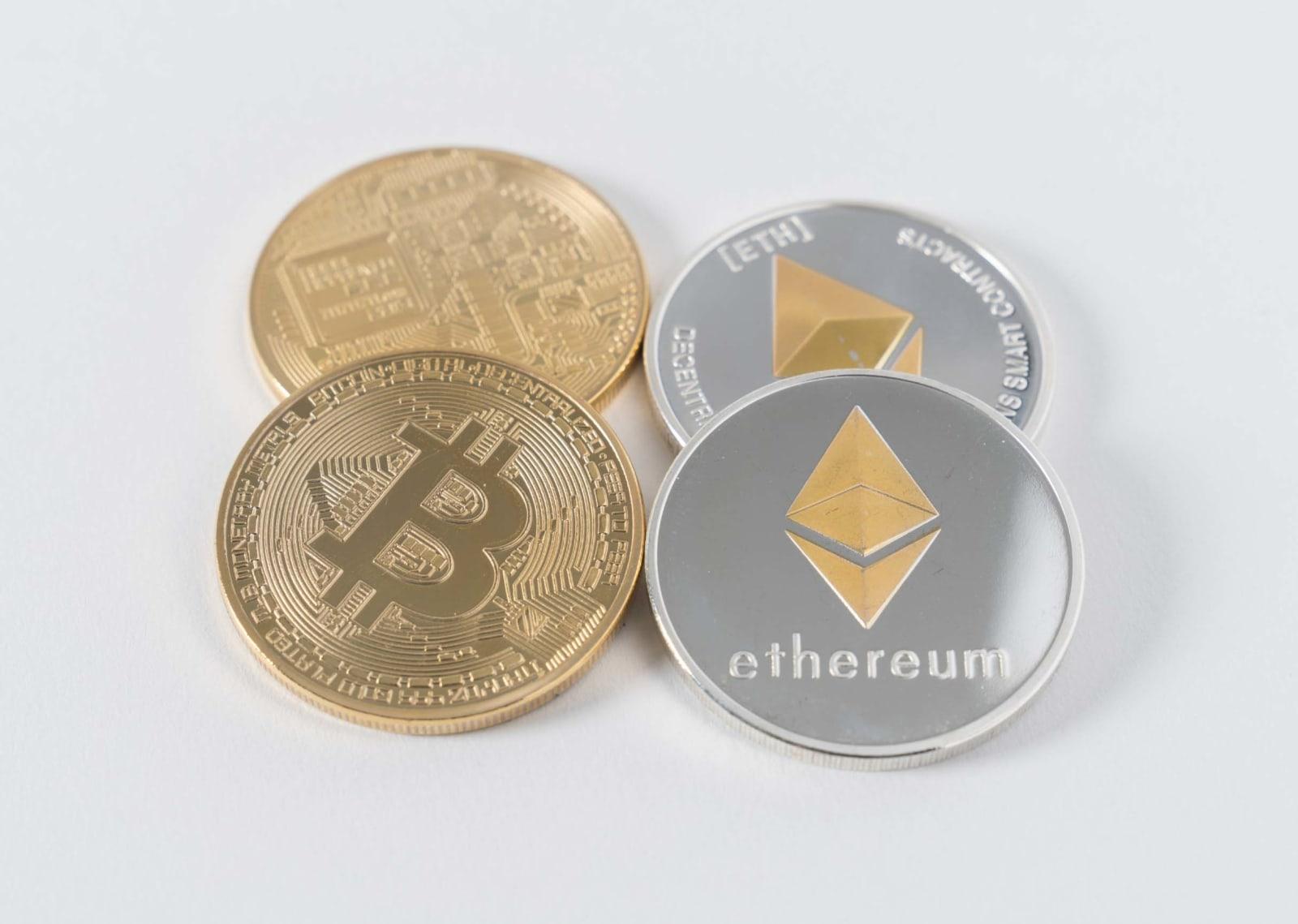Blockchain is an interesting facet of technology that has become increasingly popular in the business world. The term, widely associated with banking and cryptocurrency, is widely-used for transactional purposes. A common definition used in this context is that “blockchain is a distributed, decentralized, public ledger.”
To further break it down, blockchain is referred to as distributed ledger technology (DLT) that freezes the history of a digital asset. So, while the asset is transparent to all, no entity can modify it.
Blockchain works in a similar way to Google Docs as documents can be created and shared across a wide network without being copied or transferred. This method of distribution is employed by blockchain to create a decentralized distribution chain. Just like Google docs, everyone can access the document simultaneously, changes happen in real-time and are transparent.
History
Emerging in 2008, the technology has spread like wildfire and gone through tremendous upgrades. The field of cryptocurrency has implemented blockchain and made its successful appearance in the form of Bitcoin and it has changed the way businesses operate.
While blockchain technology and Bitcoin are well-known terms that we are all acquainted with, the identity of blockchain’s creator is shrouded in mystery. It’s widely-believed that Satoshi Nakamoto, a man of Japanese American origin was the first person to implement blockchain; often termed the Father of Bitcoin, Satoshi is an elusive figure and no one knows who he is.
Popularity
Steadily making its way into different markets, blockchain and Bitcoin have already taken over three countries. The first is Switzerland which enjoys a stable economy and has accepted cryptocurrency.
Gibraltar is another nation that has established a Financial Services Commission (FSC) to regulate trade via crypto.
Malta, often considered the “blockchain Island,” is a hub of crypto companies.
Usage
Blockchain technology has tremendously impacted the Internet of Things (IoT) market, with a noticeable upsurge in the use of IoT in vehicles. This has financially benefited the IoT industry to reach an estimated figure of $50 billion in revenue according to various market analysis.
Amidst the powerful influence of blockchain, it’s surprising to learn that only 40 million individuals currently use it. The technology has already shown tremendous potential in limited numbers, one can only guess its impact in the next ten years when that figure is expected to reach 80 per cent.
With all the developments in blockchain, there have been financial implications as well. Industries are adopting this technology and as popularity grows, blockchain is set to cross $60 billion by 2024.
Cryptocurrency
Cryptocurrencies are fast becoming a valid method of payment. Charitable organizations are also accepting crypto for the purpose of donations and in 2018, over $69 million was given to non-governmental organizations (NGOs) in the form of crypto- coins.
The food supply chain is benefiting too as it’s a viable method to track bad food and Walmart is using this technology to determine food contamination. The technology can point to the exact product that has gone bad, reducing the tedious time that this entire process used to take.
Another industry making use of this is the medical field. Blockchain is useful in medical record management and makes accessing medical records that span across various organizations, a feasible process.
The crux of the matter is that blockchain is widely and steadily spreading all over the world. The technology has already begun to impact the way various sectors conduct business and will soon be a tool of immense transformation. Having said this, as a professional, it’s important to get acquainted with all the emerging trends and information vital to this field.


